Olli Heinonen, a former IAEA deputy director general and head of the safeguards department (ie chief inspector), has some thoughts about Iran's claim to have manufactured and tested its first uranium fuel rod. This is his guest blog.
In the past few days, at a time of high tension in the Gulf, Iran
announced that it had produced and tested its first fuel rod at the Tehran Research Reactor. It also claimed to have mastered the
production of nuclear plates.
My understanding is that what is being tested at the TRR is a rod designed to be used at the heavy water reactor under construction in Arak. Making assemblies of plates of the kind required to fuel the TRR itself is still some way off.
Iran has always stated that the TRR is being used to produce
radioisotopes through irradiation for industrial and medical purposes.
To operate, the reactor needs a core made of fuel assemblies, which
contain a total of 30 kg uranium enriched to 20 % U-235. Each fuel
assembly is made of thin plates, which contain uranium in form of U3O8 (uranium oxide) in aluminium cladding.
It appears from the announcement that what Iran has produced and
tested at the hot cells at the TRR is something different: a fuel rod,
which typically consists of cylindrical pellets clad in a zirconium
tube. The rod Iran claims to have made contains natural uranium, suggesting that it is intended for the IR-40 heavy water reactor at Arak, rather than for a light water nuclear power station like Bushehr, which uses rods of low enriched U-235.
This is a cause for concern as such an action is proscribed by the
United Nations Security Council due to its proliferation concerns.
Plutonium could be separated from the reactor's spent fuel. Hence
this show of ostensibly civilian nuclear progress could end up further
stoking international tensions.
Some of the Iranian news articles claim it is easy to manufacture a fuel plate after making a fuel rod. However, manufacturing processes for rods and plates are very different, each with its own challenges, and making a plate using homogeneous 20 % enriched uranium will not be straightforward. Iran has yet to demonstrate it can do this.
If everything proceeds as planned, the first real fuel assemblies can be introduced to the reactor some time next year. That is when current stocks of TRR fuel are due to run out.
The fact that Iran is still a year away from actual production of the
first fuel assembly for the TRR provides an opportunity for the P5+1 to negotiate a more comprehensive solution to address the increasing stockpiles of 3.5 % and 20 % enriched uranium.
Iran's current stock of 20 % enriched uranium should be sufficient to
provide fuel for next 4-5 years for the TRR. And there is no need for Iran to produce more 20 % enriched uranium. Iran's chief nuclear
negotiator Saeed Jalili has recently asked to re-launch nuclear talks
with the P5+1. What could the P5+1 offer which Iran currently does not
have, and what Iran could give in return?
Here's a thought: The P5+1 could provide modern, safe and secure nuclear technology, fuel for the TRR and in the longer term, a more efficient research reactor. Iran could in turn relinquish its stock of enriched uranium.
Iran and the P5+1 should also convert Iran's IR-40 heavy water reactor
under construction in Arak to a more proliferation-proof light
water research reactor. Such a reactor could use current 3.5 %
enriched uranium stock as fuel material, an approach which has recently been demonstrated to be feasible.
Olli Heinonen is now a senior fellow at the Belfer Centre for Science and International Affairs at Harvard University

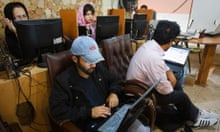
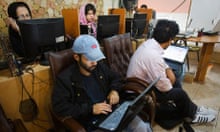
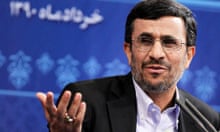
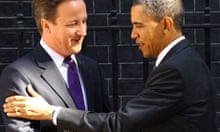

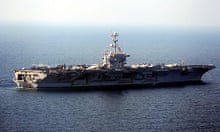
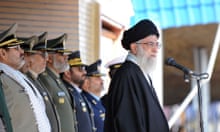


Comments (…)
Sign in or create your Guardian account to join the discussion